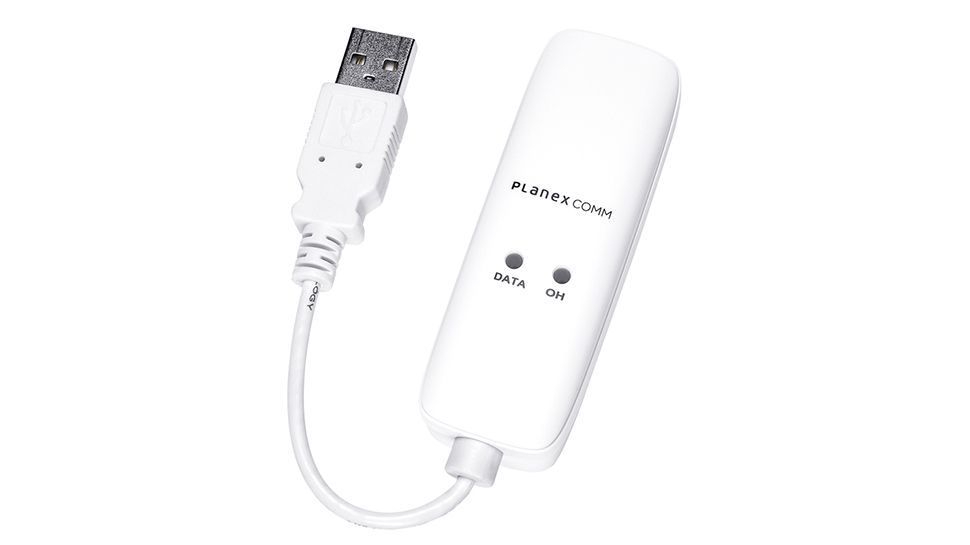Technical debt is a challenge that increases as digital business becomes more complex. This debt accumulates when companies opt for quick fixes or continue to rely on outdated systems, sacrificing long-term efficiency for short-term profits. As the digital world accelerates, technical debt worsens, resulting in higher costs and reduced agility.
A recent study revealed that more than 70% of companies report that technical debt is significantly hindering their ability to innovate. As technological advances rapidly outpace businesses' ability to adapt, the issue of technical debt has never been more pertinent.
When migrating to a new content management system (CMS), reducing and mitigating technical debt should be a priority. Proactive debt management as part of your migration strategy will lead to a smoother transition and reduce the total cost of ownership (TCO) of the new solution. What's more, development teams can focus on innovation rather than simply keeping the lights on.
CEO and co-founder of Hygraph.
The Cost of Negligence: When Technical Debt Soars
Several factors contribute to technical debt during CMS migrations. For example, insufficient communication between teams leads to rushed solutions and missed opportunities. Effective communication channels must be established to facilitate smooth collaboration. By doing so, ideas and concerns about a project can be easily shared and addressed in a timely manner rather than six months later.
Organizations must also ensure that they are not simply moving issues from one platform to another. Too many teams waste time and resources moving obsolete assets, duplicate data, and unused features. This, coupled with time pressures and a lack of skills, means that some organizations end up migrating to new platforms without fully taking advantage of what they have to offer.
Lastly, if training and employee adoption are considered an afterthought, transitioning to a new CMS will be a painful process. In the worst case, all the migration work is done just to get people back to old working methods. Having an effective change management program is essential.
Ensure your migration is a success
For any CMS migration to be a success, companies should take five steps to reduce technical debt:
1. Set up an internal migration team
This team should be comprised of representatives from multiple departments, ensuring a comprehensive understanding of how content is used across the organization. Their role includes planning the migration, identifying challenges, allocating resources and ensuring smooth knowledge transfer. For example, the team can establish global standards for documentation and content management, and train colleagues in new operating methods. This ensures that all perspectives are considered, leading to a migration that aligns with the needs of the entire organization.
2. Conduct a content audit
A thorough content audit is essential to identify redundant, obsolete or trivial data that does not need to be migrated. This process involves determining where the data is located, who owns it, the types of content used, and the interrelationships between data sets. Especially when moving from a monolithic to a headless CMS; Understanding the support structure of different processes is critical, as legacy data models may not directly translate to a standalone approach and may require adjustments during migration.
3. Consolidate and simplify workflows
This step involves identifying overlapping capabilities, identifying outdated tools that are causing frustrations, and determining how processes can be optimized with the new CMS. For example, German food and beverage manufacturer Dr. Oetker is using a headless CMS to manage digital experiences across 40 countries from a single platform, enabling consistent branding, streamlined processes and rapid global updates.
4. Design a composable content strategy
Adopting a composable content strategy is key to maximizing the benefits of a headless CMS. This strategy involves defining reusable content models, such as “blog post models” or “call-to-action models,” that can be displayed across multiple channels. This modular approach allows for rapid development of solutions for current use cases, with the flexibility to adjust models to future needs. It also allows business users to create unique experiences without the help of developers, exemplifying the shift from a page-based business mindset to an omnichannel business mindset.
5. Federate your content sources
As digital experiences expand, content often relies on data from multiple applications and external sources. Federating content sources is about integrating these sources in a way that minimizes maintenance-intensive integrations and resource-intensive processes.
Demand for connected digital services shows no signs of slowing, so organizations' content strategies are increasingly under the microscope. For those looking to migrate their CMS, there is now an opportunity to take proactive steps to reduce technical debt, meaning you can focus on future innovation rather than keeping one eye on the rearview mirror.
We have introduced the best productivity tool.
This article was produced as part of TechRadarPro's Expert Insights channel, where we feature the best and brightest minds in today's tech industry. The views expressed here are those of the author and are not necessarily those of TechRadarPro or Future plc. If you are interested in contributing, find out more here:









